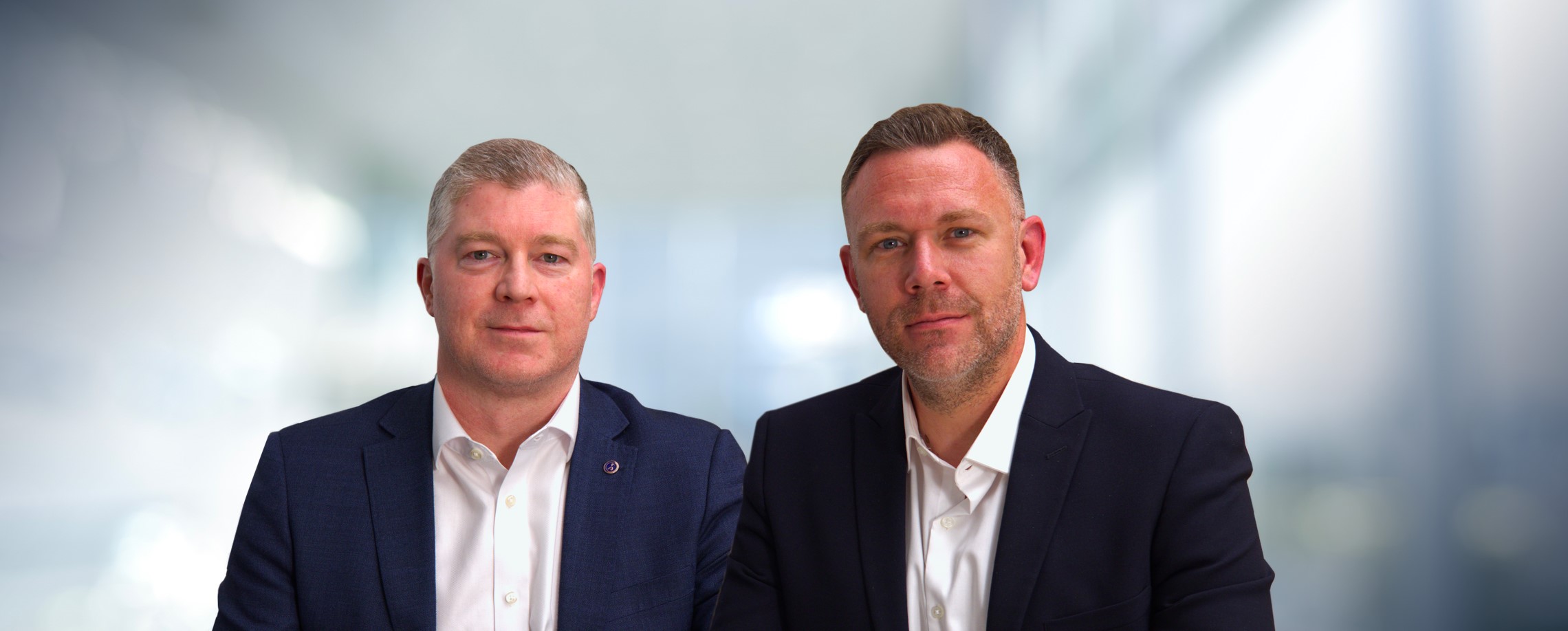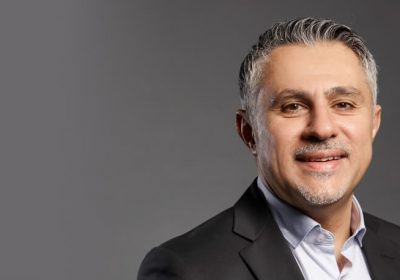
- Author: Nina Hendy
- Posted: November 18, 2024
From Cost Cutting to Value Creation > 7 Insights Every CFO Should Know
Cost savings aren’t just about reducing expenses, they’re a strategic lever for driving performance and organisation value. Here’s where CFOs should focus.
As economic pressures persist, the year ahead looks set to bring the need for expense management and cost reduction strategies for many CFOs.
Being the financial gatekeepers in charge of making sure that every dollar contributes to profitability and success, the buck stops with the CFO. But without procurement-specific skills, many lack understanding or have the depth of expertise required to reduce costs and add value across the end-to-end supply chain.
The importance of unlocking greater value from supply chains and enhancing the procurement function takes experience, which procurement and supply chain consulting firm ArcBlue says CFOs can sometimes overlook.
Procurement specialists Chris Hodgson and Chris Gardner from ArcBlue work alongside a team of more than 150 consultants and analysts passionate about the potential for driving change through procurement.
ArcBlue fields a growing number of enquiries from organisations looking to embark on impactful cost cutting and expense management projects.
The firm says that real value comes from not just the ability to identify where the savings are, but also ensuring that the savings generated are sustained long term and are reinvested back in the business.
They share 7 key insights for CFOs to consider before embarking on a cost program.
1. Data is the foundation for a successful savings program
Today businesses have access to a wealth of data at their disposal from multiple, often complex systems, but translating this into transparent data which provides a clear view of buying behaviours and informs decision-making is often a challenge for CFOs.
Having relevant, clean, transparent and granular spend data is the essential first step for any CFO aiming to create a baseline and drive savings in their organisation. It’s crucial for gaining a deeper understanding of what the business is spending and where – which increases business confidence in decision-making and builds credibility and influence.
While investment in technology grows, many organisations still overlook the value of data management and gleaning actionable insights from their data – especially when it relates to spend analytics, compliance, risk, Scope 3 reporting or modern slavery.
CFOs can build a critical central data view for a savings program by investing in both high-powered visual dashboards and building organisational capability in drawing genuine insights out of their data. This is essential for both drawing out initial spend insights and in visually demonstrating success down the line.
Leveraging data analytics is no longer a nice to have, it is increasingly a pre-requisite for success in delivering and sustaining a savings program and can help you uncover efficiencies, optimise processes and make informed decisions.
Once you’ve leveraged the power of your data to identify and unlock value, you need to consider how to actually execute the savings.
2. Gaining internal buy-in
CFOs can face a high level of resistance to cutting costs. Internal teams may push back on requests to reduce spending, creating angst among teams. Fostering a culture of commercial awareness and consciousness is critical, Gardner says.
“Build an internal narrative around why you’re cutting costs so that teams understand it’s not just about profits, but about sustaining the business so you can then invest in new areas, such as AI, Scope 3 emissions or technology improvements. These new investments have to be paid for, it’s all got to come from somewhere,” he says.
“Cutting costs isn’t a conversation you should be having in the back room, we should be proud of what we’re trying to do, of how we’re trying to sustain the business and that we’re taking a long-term view to organisational improvements.”
CFOs need to be transparent in communications, taking time to ensure that there is a clearly defined policy on spend. “A spend policy is worth nothing if you don’t have a culture of compliance. The worst thing you can do is cut costs and not contextualise why you need to do it,” Gardner says.
“Explaining that they need to spend more wisely and pulling them up when they’re not following the policy is critical. It can be brutal and not a great way to win friends, but it’s important when you’re working to change the spending culture of an organisation,” he says.
3. Get comfortable challenging price pressures
The ‘cost of doing nothing’ can be significant, particularly given the last few years where third-party cost pressures in organisations have continued to rise.
Gardner points to a trend amongst suppliers to blame the impacts of COVID for significant price increases, pointing to labour and supply chain issues, but cites experiences where these cost increases have actually been inflated.
CFOs should position the procurement function and the wider business to feel comfortable about asking questions to dig deeper into what is driving any costs impacting the business. The CFO is the enabler to a commercial conversation which can lead to truly understanding why costs are increasing and what steps can be taken.
“If you’ve experienced significant price increases from your suppliers, I’d look at those first, as some of them will be real and it’s important to understand their reasoning, while others can be challenged and addressed through an effective sourcing strategy,” Gardner says.
4. Invest and expect more from the procurement function
The legacy perception of procurement was often negative – that of a purely transactional function, or a process-led ‘blocker’ of progress. Finance viewed procurement’s role as identifying uncontrolled spend or making savings only to repatriate benefits centrally rather than back to budgets.
In many organisations, the perception of procurement’s potential still lags, as they remain focused on tactical activities or taking cost out, losing sight of the value they could be driving into the business.
The procurement story needs to be rewritten. CFOs must recognise and foster the strategic value and influence Procurement offers, to ensure they can leverage benefits across not only savings, but in broader risk mitigation and operational delivery.
The Procurement function is the conduit between customer and supplier and should be partnering with the business to unlock value, encourage innovation and mitigate risk. To truly maximise the impact procurement can make, investment is required to equip the function with the right tools, capability and reach across the business.
Procurement needs to be the enabling function that translates the message from the CFO. “They need to be the storytellers and bring the story to life and make it happen,” Gardner says.
5. Reinvesting savings to improve performance
A savings programme should be viewed as a journey – not a destination, and done right will increase investor confidence overtime while adding additional revenue to the bottom line .
Typically, a CFO is the champion for repatriating benefits gained through a savings program – whether this goes direct to the bottom line through EBIT contribution or is invested back into futureproofing the business.
A savvy CFO will use these reinvested savings to make an impact – that will benefit not only the bottom but drive broader positive business impacts, such as whether this is investing in improved technology, launching sustainability initiatives or increasing employee capability.
Hodgson says: “Understanding how to invest so that an organisation becomes a more compelling proposition in the market by reinvesting in areas that matter can differentiate the organisation and provide revenue growth.”
Additionally, with rapid advancements in technology and automation, and increasing regulatory and sustainability requirements the cost of doing business is rising, and CFO’s should be preparing for significant and unavoidable spend increases on the horizon.
“Regulations are on the way, making the cost of reporting Scope 3 emissions even more expensive in two or three years from now. This is where cost savings need to be spent. The cost of not acting will grow even more expensive in the future.” says Hodgson.
6. Sustaining the benefits
It’s important for organisations to understand that an effective cost program doesn’t ‘finish’ once the savings have been banked.
“You can use experts like us to find and deliver cost savings quickly, but there usually needs to be some form of behaviour change internally to sustain them long term.” Hodgson says
Communication is fundamental to successfully sustaining a savings programme. Aligning the journey to the overall strategy of the business and providing transparency surrounding the positive impact that the savings are having across the wider business creates an enterprise ownership rather than procurement or finance.
Leading a cost cutting process can be very challenging and lead to fatigue across the business. As a cost leader, the CFO has a real opportunity to reenergise and refocus the business through highlighting success and considering the future shape of internal roles to make new processes the norm.
7. Celebrate Success
A successful savings programme is one that doesn’t end, it evolves into ‘business as usual’. When a CFO can create an ongoing visibility of spend, savings, investment and budget risk, they can continue to motivate the business for the future.
“We’ve come full circle back to the importance of data – whether that is to identify and unlock value or to measure and sustain it” Gardner said.
When communicating and celebrating success across the organisation, CFOs should consider value beyond cost savings, encompassing non-monetary benefits in areas such as sustainability.
A savings programme environment can be high pressure, high expectation and high velocity, and requires a certain skill set and mindset to hunt value, deliver value and sustain value. Demonstrating and celebrating value and impact across the organisation is fundamental to celebrating your high performers, and for retaining and attracting top talent.
Nothing celebrates success more than seeing the impact of your hard work really making a difference, not only on the bottom line, but within the success of your business, your suppliers and the positive impact on your customers.
The legacy of a well-established savings programme is a business that has full visibility of what it spends, is more agile to adapt to the changing market landscape, has a high performing team with growing capability and has increased buy in and credibility with stakeholders both internally and externally.








